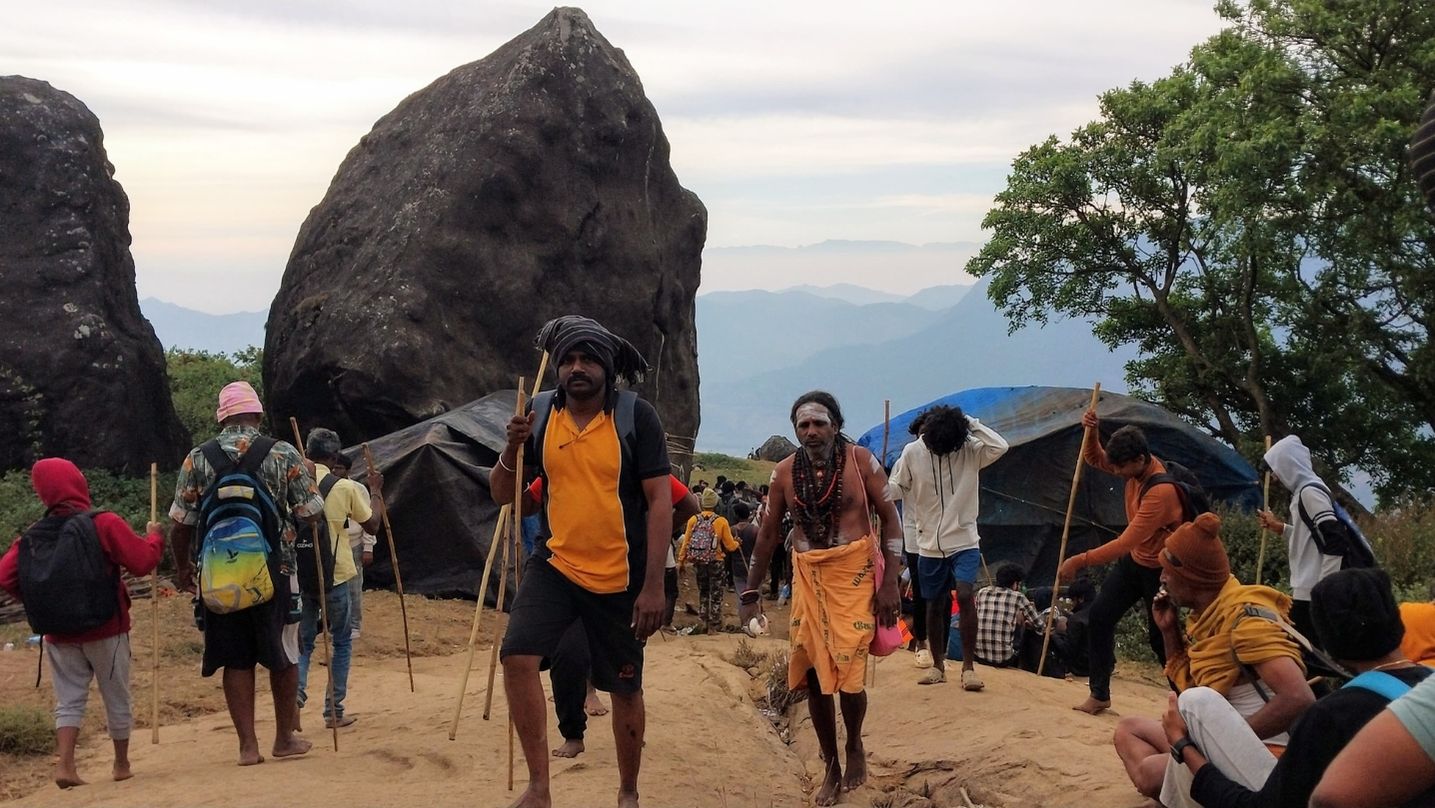
As soon as I heard that the Vellingiri hills were open to the public back in February, we decided to visit at least once before Maha Shivaratri. I wanted to experience the beauty of the hills without the usual crowds, on the way to seek the blessings of Lord Vellingiri. The elevation is about 6,000 feet, or 1,800 meters. The climb is roughly 6 to 7 kilometers.
March 1st was the chosen day, and my friend Vivek joined me as my fellow traveler.
However, it seemed at least 50,000 other people had the same brilliant idea. The place was jam-packed. There were no Forest Department officials managing the crowd. Local teenage boys were handling the checkpost and entrance, overwhelmed, and they simply let everyone in at 1:00 AM.
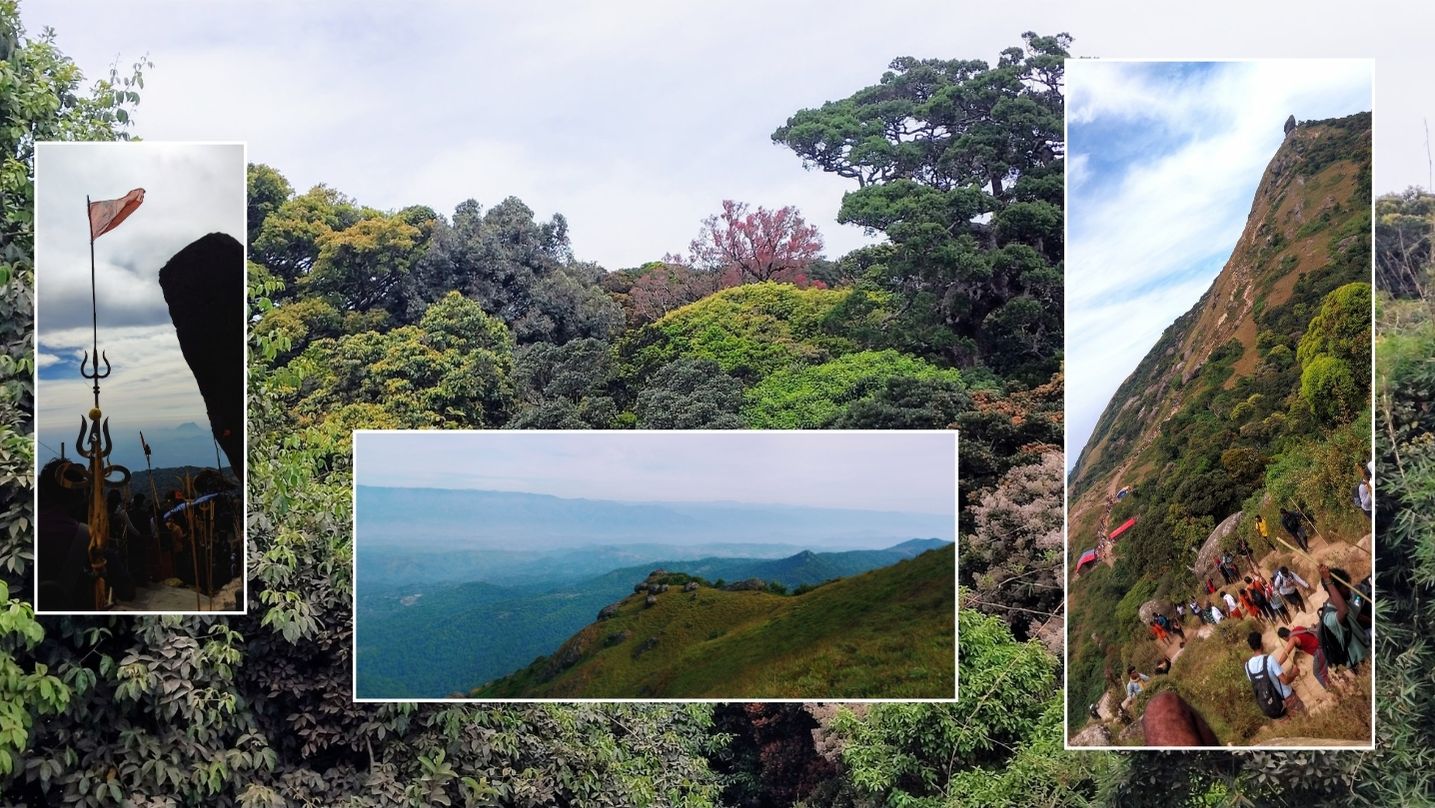
The first hill is the toughest, immediately challenging your willpower and physical fitness. The steps are uneven and made of rugged stones. Most people walk barefoot as it's a holy place. First-timers will usually feel dizziness and dehydration, which might lead them to question their decision-making skills. It takes one hour to climb the hill, and you are rewarded with the darshan of Pillayar, or Lord Ganesh, at a small temple at the start of the second hill.
A salt and soda drink, available at the small shop directly opposite the temple, will completely refresh you. However, be prepared for prices that are as high as the hills themselves. The second hill deceptively starts with a flat, soft mud surface but changes to uneven stone steps after about 100 meters. You will encounter small shops selling various items on both sides of the pathway, but strangely, no drinking water is sold. Cut pieces of watermelon, black coffee (suddhu kahve), hot "vazhakka" (plantain stem) fritters, and "milaka bhajji" (pepper fritters) are on the menu. Hot "vazhakka" and "milaka bhajji" are only available at the start of the 7th hill.
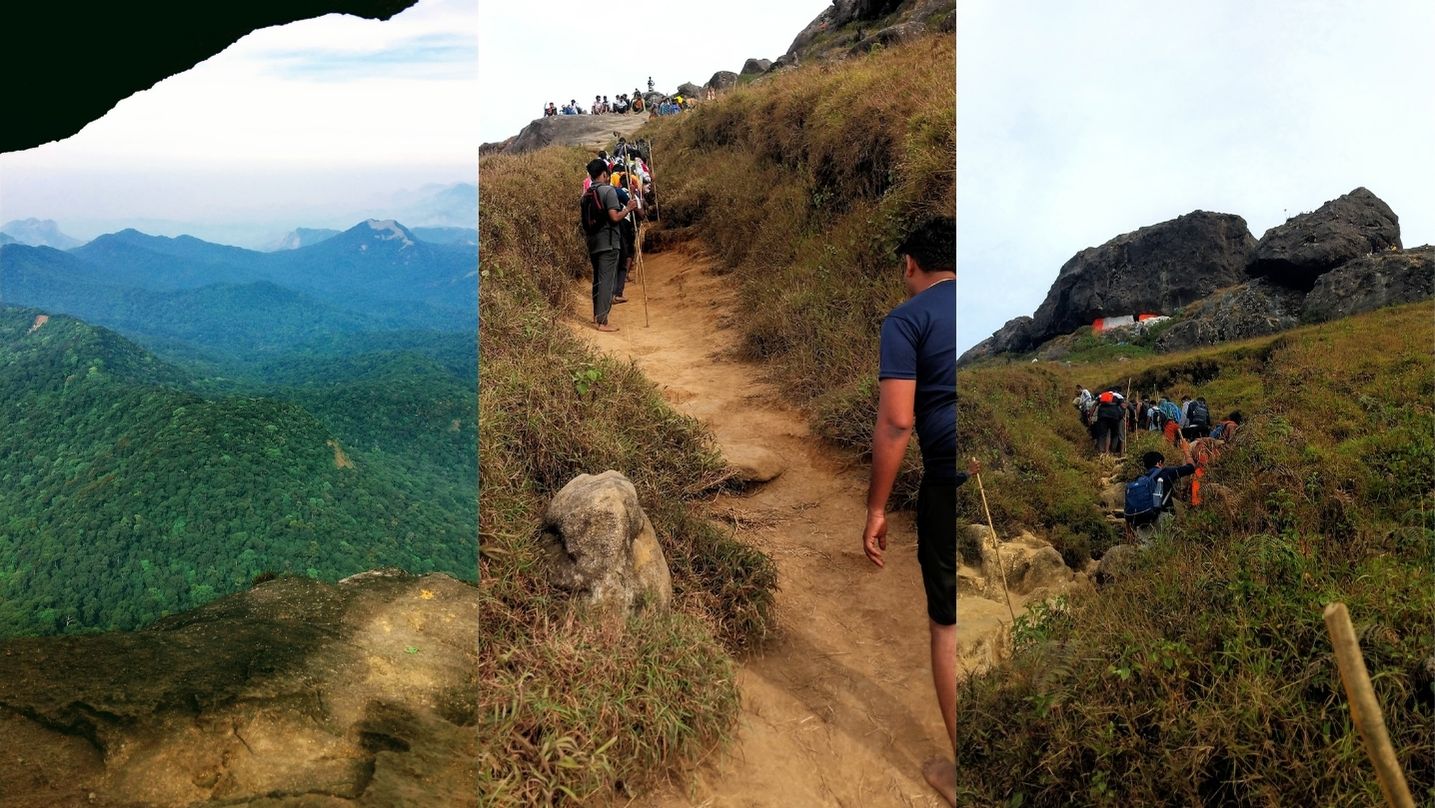
The third hill begins with a large rock ("Vazhukku Paarai") with flat steps carved into it to ease the climb. Halfway through, you can refill your empty water bottles with spring water flowing through what appears to be a drip irrigation pipe. This is the only source of free drinking water on the hills. The rocky steps eventually give way to the usual uneven stone steps and rugged pathways.
The fourth hill is quite similar, primarily consisting of steep steps.
The fifth hill is mostly flat, muddy terrain and very easy to traverse, although you may occasionally need to descend and ascend at specific points. This is the best spot to admire Coimbatore city adorned with its "diamond-like" city lights sprawling across the landscape. The place also features a huge rocky boulder called "Bhiman Kali Urundai," which roughly translates to "Bhima's laddu."
The sixth hill is called Thiruneeru malai (Vibuthi hills). The soil here has a unique characteristic - it's very fine, soft, and white in color, similar to "thiruneeru" (sacred ash). We begin descending into a valley where there's a water source called "Aandi Sunai" (mountain spring water). People bathe here or simply wash their feet and face before ascending the seventh hill.
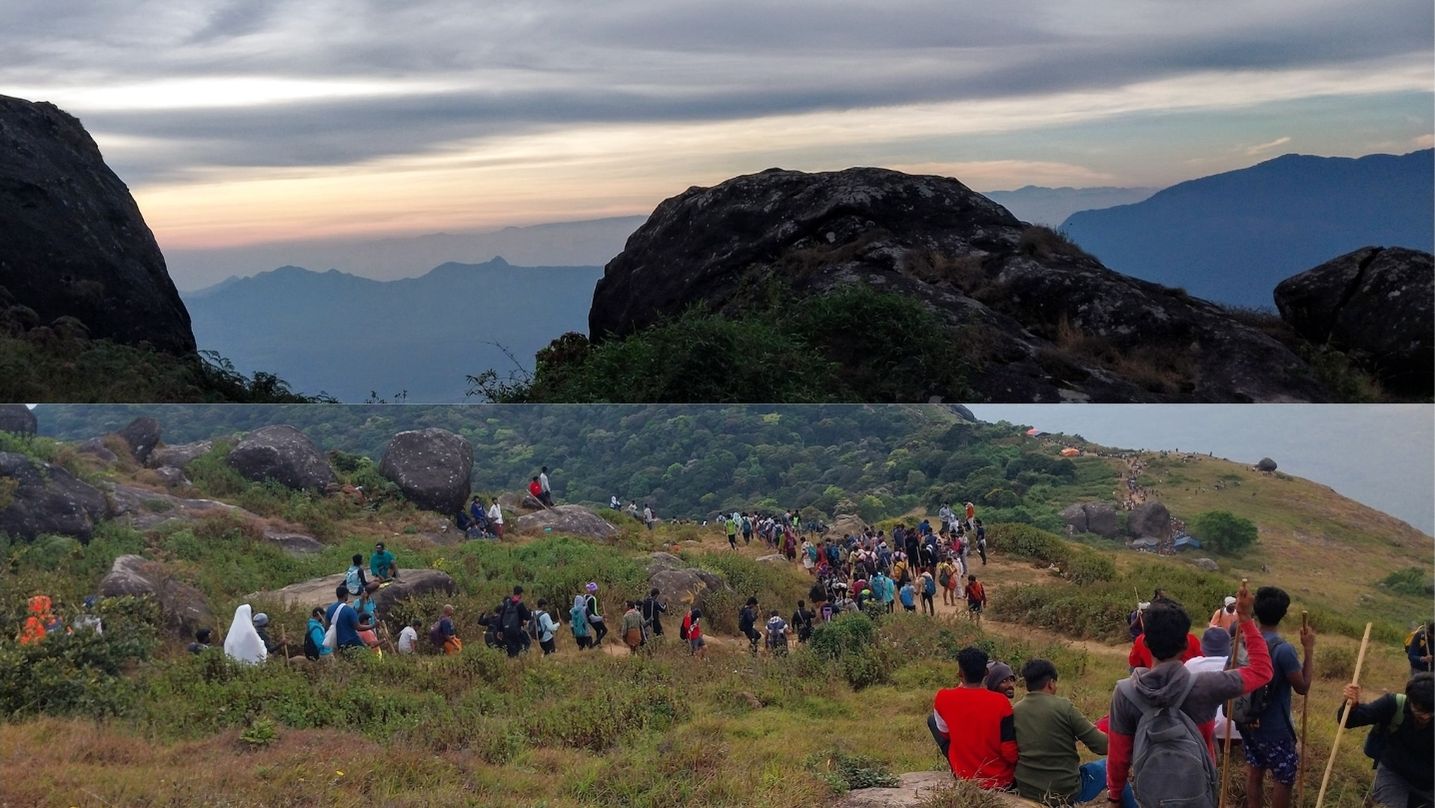
The seventh hill is a bit steep but offers a breathtaking view to the left. Witnessing the sunrise from this vantage point is an experience worth having at least once in your lifetime. As the sun's rays touch the earth, you are treated to the stunning contours of the Western Ghats mountain range and a view of the Siruvani water reservoir nestled in the valley below.
Reaching the viewpoint of "Vellingiri Aandavar" offers an experience of pure bliss that words cannot adequately express.
Massive slabs of rock, likely weighing hundreds of tons, are arranged atop other rocks, forming the temple's natural gopuram with an entrance. It's impossible for humans to have constructed something like this, given the location and the near-perfect symmetry. The origin of the temple remains shrouded in mystery.
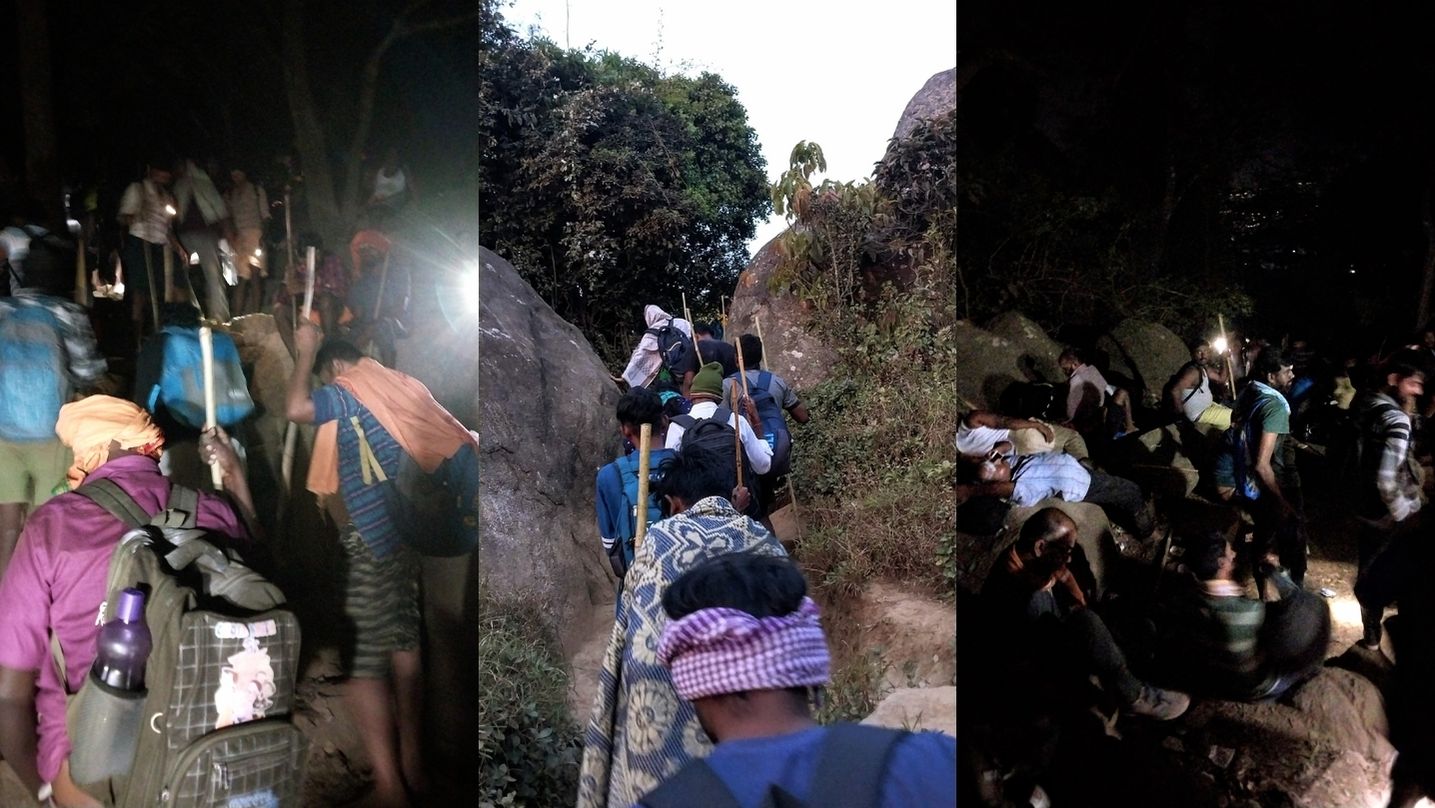
Once at the peak, take the left path leading to the hilltop's back end, where you'll find the Sadhguru point. The view from there is simply breathtaking, offering layers upon layers of mountain ranges and a thick jungle sprawling across the valley below.
We returned to the temple to seek blessings from "Vellingiri Malayan" and then began our descent on a different path parallel to the one used for climbing. The descent is arguably more challenging than the ascent. Gravity pulls your exhausted body down the path littered with uneven stones, rocks, and debris. Many people rely on walking sticks to take even a single step.
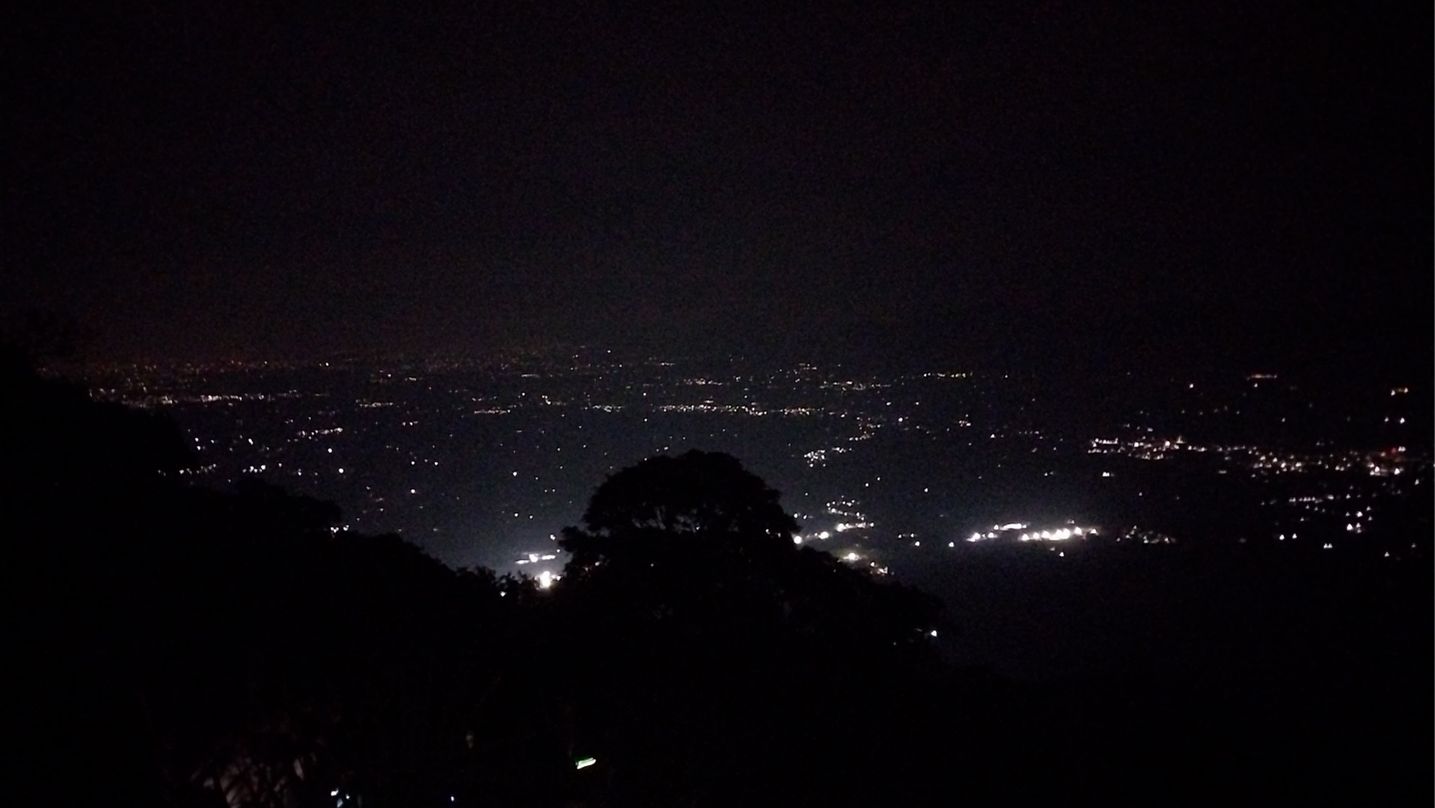
At the end of the fifth hill, you can see the Isha Adiyogi statue and the assembly grounds below. The descent typically takes about as long as the ascent, around 6-7 hours, unless the hills have truly broken your body and spirit. I know of people who have taken two or more days just to descend.
Fortunately, all went well, and we reached the base at the Poondi temple sometime in the evening, tired and dirty, but with hearts full of gratitude and happiness.
 Shankar Raj is a dedicated researcher with a profound focus on defense and strategic military affairs. With a passion for exploring and analyzing complex subjects, Shankar brings a wealth of knowledge to the realm of military research.
Shankar Raj is a dedicated researcher with a profound focus on defense and strategic military affairs. With a passion for exploring and analyzing complex subjects, Shankar brings a wealth of knowledge to the realm of military research.
NEXT ARTICLE
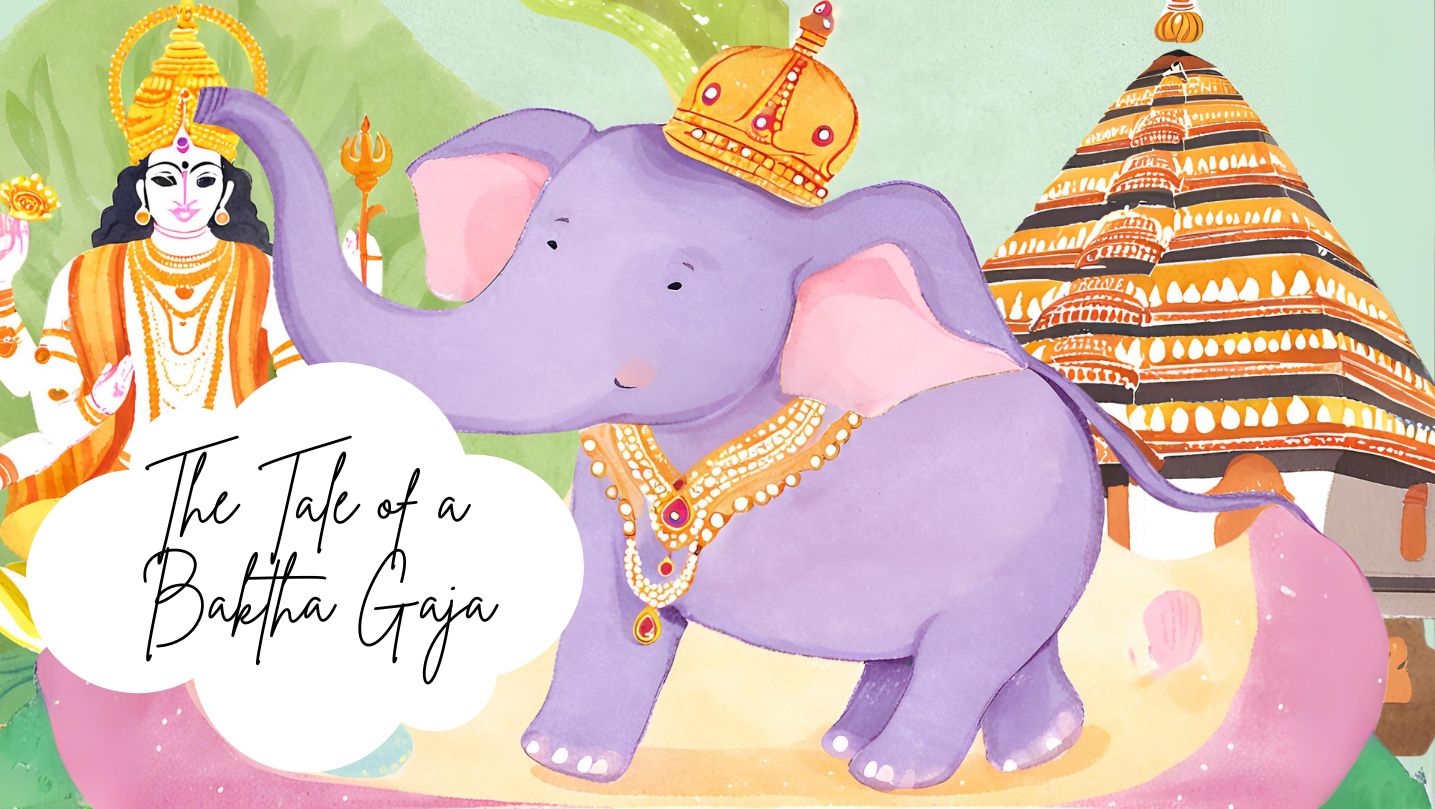
In the lush, green heart of Kerala lived an elephant who became a living legend - a tale of an elephant turned into a bakth. His name was Keshavan, bu...
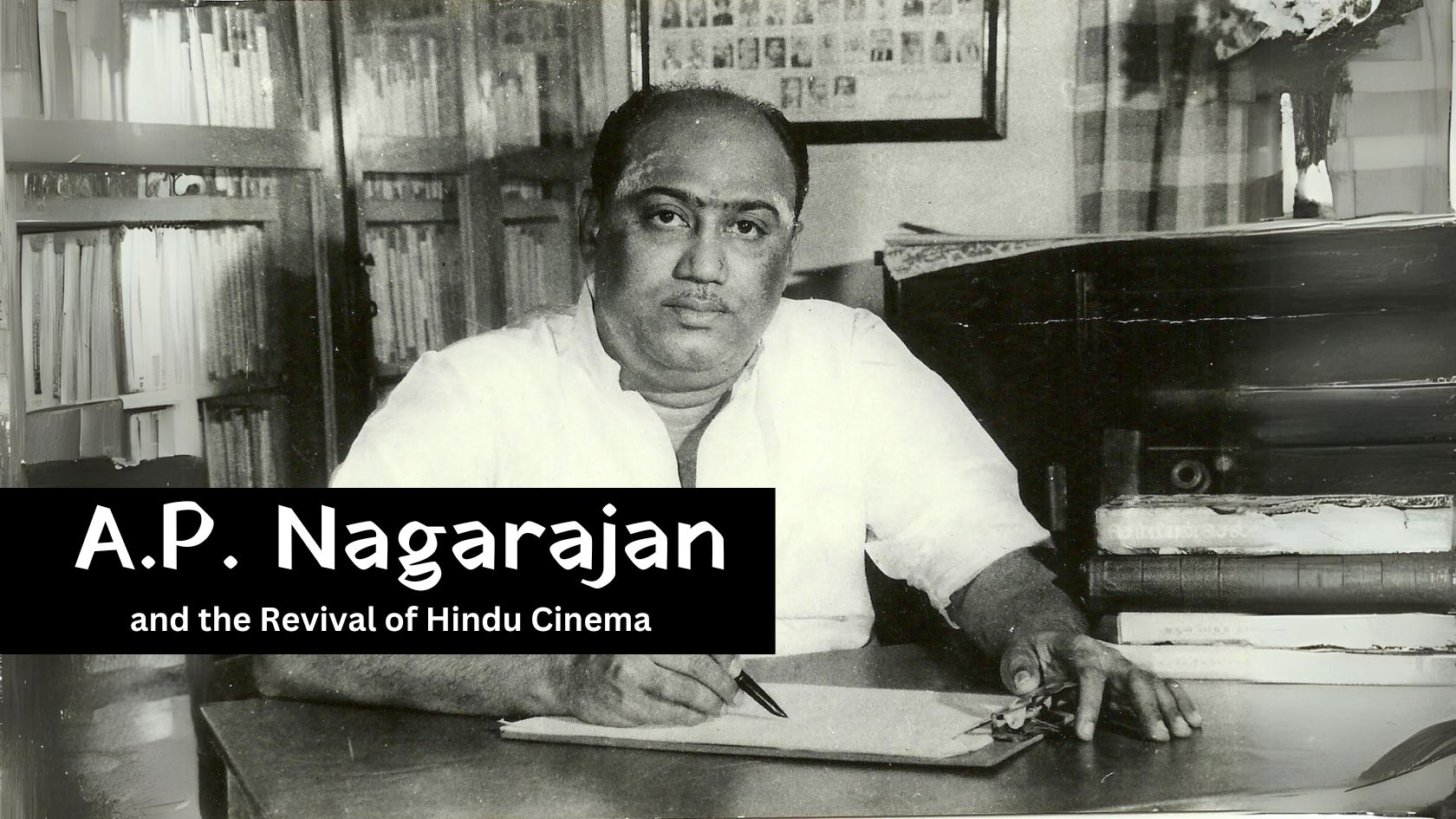
In the early days of cinema, both silent and talkie films thrived on puranas and ithihasas. However, as the years passed, especially by the late 1950s...

Life often presents us with choices that test our resolve, faith, and priorities. Attending the Prana Pratishtha of the Ram Lalla in Ayodhya had alway...